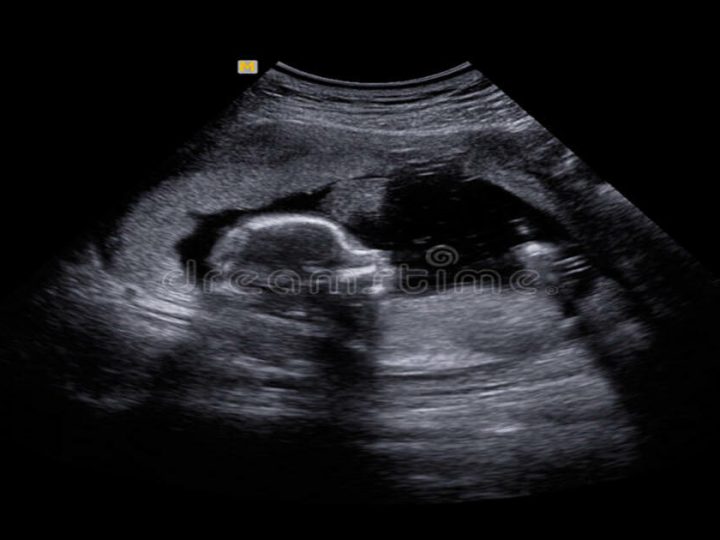The New FNAF Movie Will Have You In Stitches, Not Springlocks
 Thirsty for JUICE content? Quench your cravings on our Instagram, TikTok and WhatsApp
Thirsty for JUICE content? Quench your cravings on our Instagram, TikTok and WhatsApp

In the eerie, dilapidated, animatronic-infested corridors of Freddy Fazbear’s Pizza, where childhood fantasies take a sinister turn, the long-anticipated cinematic adaptation of the beloved video game series, Five Nights at Freddy’s, has finally graced the silver screen.
As a seasoned enthusiast deeply immersed in the twisted lore of the FNAF universe, stepping into this cinematic realm was akin to embarking on a thrilling, yet overwhelmingly perplexing (and somewhat comedic?) journey.

The inception of Five Nights at Freddy’s dates back to 2014 when Scott Cawthon introduced gamers to a world where fear lurked around every corner. The essence of the game was simple yet terrifying: Survive five nights as a night guard amidst homicidal animatronics, leveraging limited power, surveillance cameras, and doors in a desperate bid for survival. This primal fear of the unknown in those dimly-lit halls was the heartbeat of the franchise, setting the stage for a devoted fanbase and a sprawling multimedia empire.
This sounds like the perfect foundation for a kickass horror film, right? Unfortunately, the film attempts to encapsulate this essence but stumbles along the way…
Warning: TONS of spoilers ahead!

One of the film’s most perplexing missteps lies in its refusal to fully embrace an authentic FNAF-style sequence. Those aforementioned heart-pounding moments, where players grapple with dwindling power and flickering surveillance cameras are the main source of the game’s terror. These elements were hinted at but never actualised, leaving fans yearning for the palpable suspense that defines the FNAF experience.
The allure of the security room and surveillance cameras are also downplayed in the film. In the game, these elements were the player’s lifeline, offering a tenuous grasp on the animatronics’ movements. The fear stemmed from watching these mechanical monstrosities subtly shift, appearing and disappearing in the blink of an eye, creating an ominous sense of dread that kept players glued to the screen.
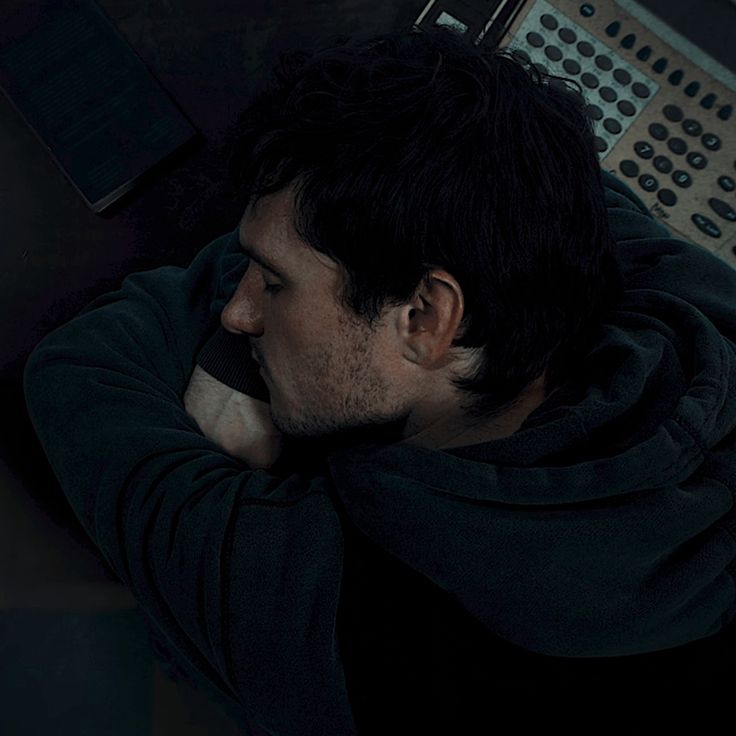
However, in the film adaptation, Mike spends a significant portion of his shift blissfully asleep and hardly takes a glance at the screens.
The familiar anticipation of an animatronic silently creeping closer, unnoticed until it’s too late, was lost amidst Mike’s slumber. Then, he wakes up with unexplained injuries, which could compensate for this shortfall, but he simply brushes them off and goes about his day.

Then there’s the matter of the animatronics, the macabre stars of the show. In the game, their terror emanates from their unfeeling, machine-like demeanour. Yet, the film takes a different path, imbuing these characters with a level of expressiveness that, while undeniably campy and amusing, dilutes the original premise.
The stark dichotomy between emotionless machinery and supernatural malevolence, a cornerstone of the game’s horror, becomes lost in this translation.
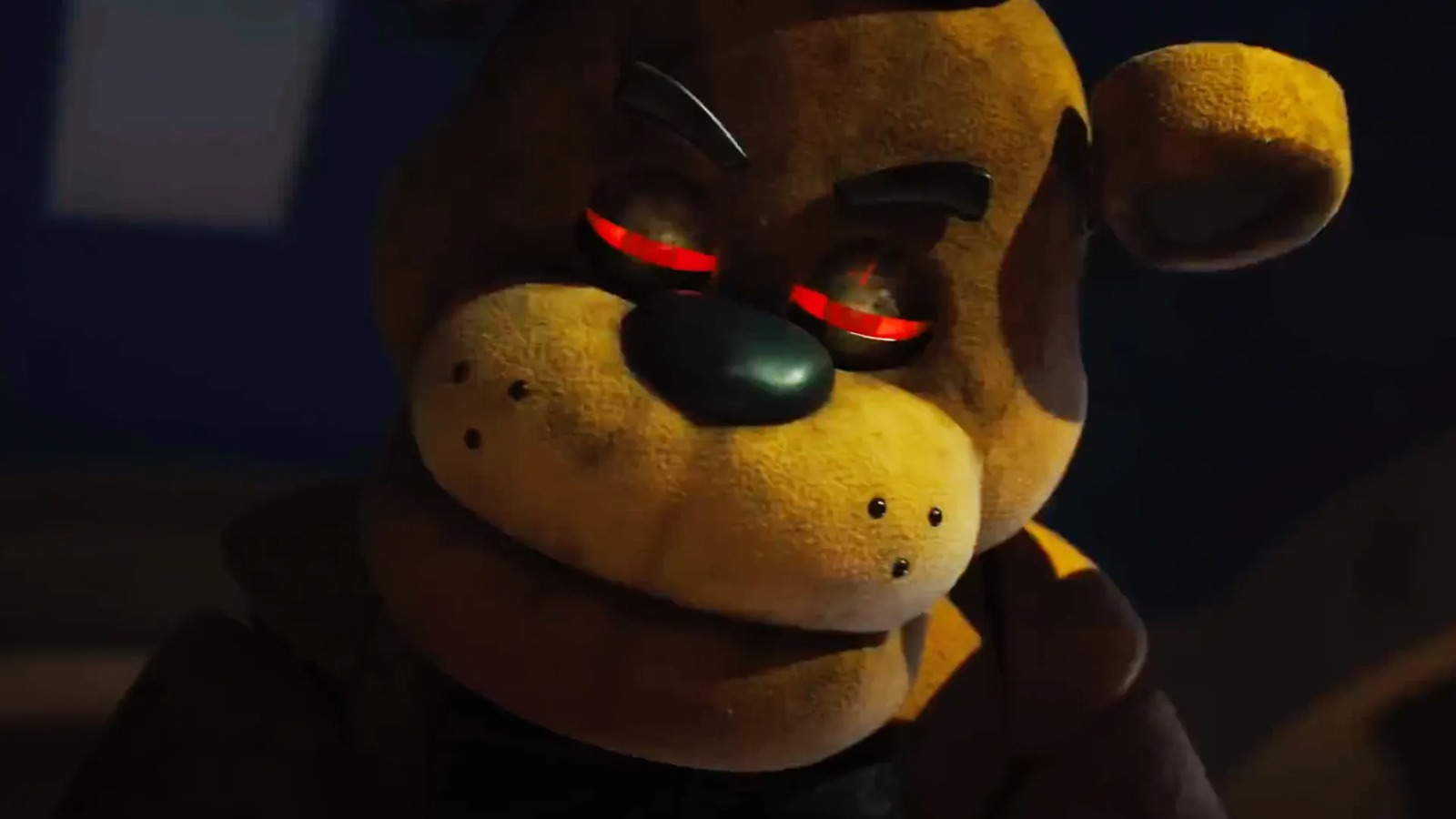
The animatronics almost always have some kind of human-like expression plastered on their face that gives them an interesting but totally unnecessary resemblance to cartoon animals. Bonnie’s blank stare used to give me goosebumps, but in the film, I just about lost it when he gave Abby a thumbs-up.
Not to mention, the decision to showcase their movement directly on screen robbed us of the element of fear and suspense.

Plotwise, the film ventures into murky waters. The decision to hire a security guard who could potentially unveil the dark secrets behind Freddy’s animatronics is as confounding as the dingy corridors of the pizzeria itself.

Steve/William does seem to take an interest in Mike upon noticing his surname, which could signify that he recognised him as a family member of one of his victims, or that he knew that Mike had a younger sister, but this isn’t clearly depicted.
While ambiguity can be a potent tool in horror storytelling, the film seems to err on the side of confusion rather than calculated mystery.

Dialogue and tone also prove to be stumbling blocks in this film. The script feels disjointed, as if chunks were haphazardly stitched together without a second thought.
Tonal shifts from chilling horror to oddly wholesome scenes result in a jarring contrast. The ‘wholesome’ scene of the animatronics laying together in a fort, moments after we witness them going on a killing spree, is particularly baffling.
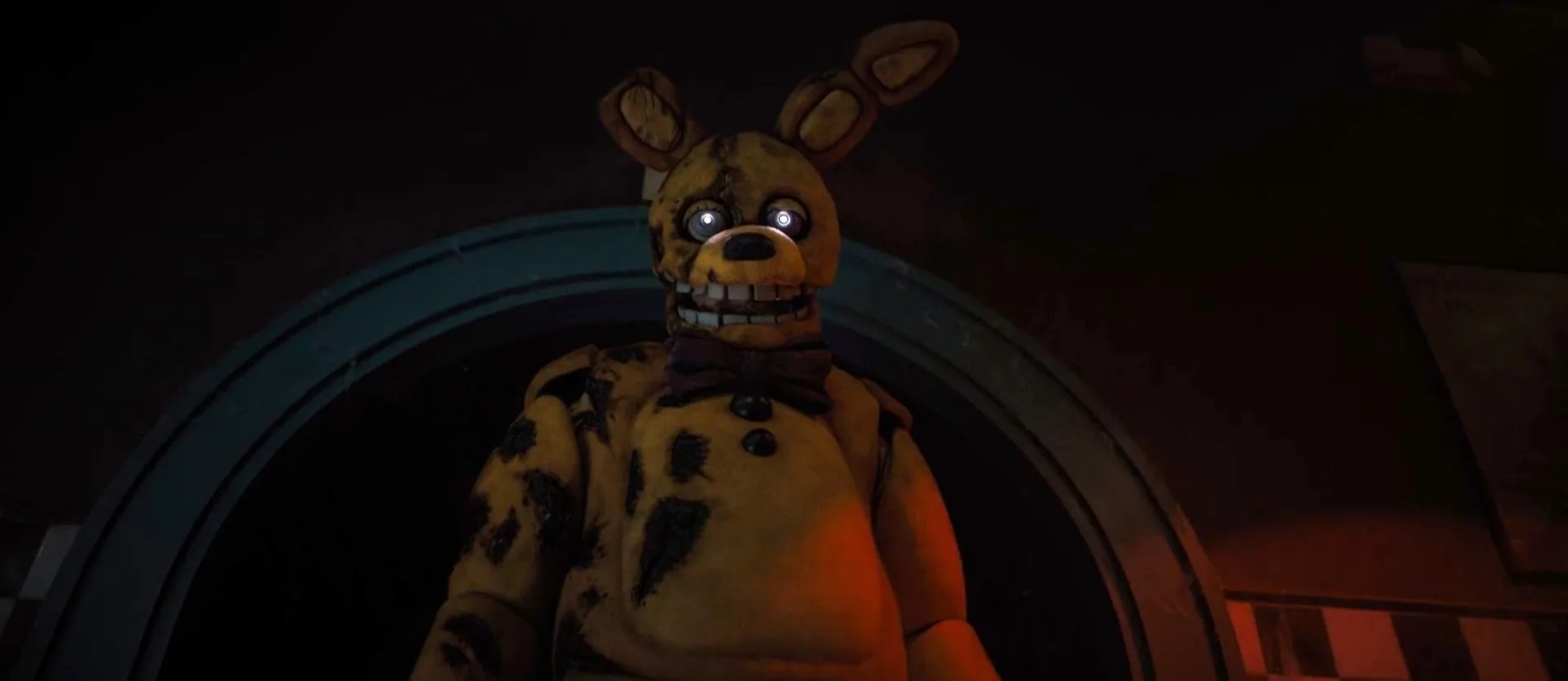
A more effective approach would have been to start the movie with a joyful birthday party, highlighting the innocence of the children before their tragic encounter with the menacing, springlock yellow bunny suit. The film’s failure to provide a clear explanation for the suit’s origin and operation was another significant flaw. In the original game, similar suits malfunctioned when exposed to water, leading to a horrifying accident where a child’s head was crushed due to a prank gone wrong.
Staying true to this established storyline would have maintained the fidelity to the source material. This lack of adherence to the game’s core elements might explain why the movie faced an arduous eight-year development struggle.

In the center of the messy narrative is Vanessa, who seems like a nosey cop at first, before we discover her true identity. Her motives, however? Hazy and contradictory, especially when encouraging Abby to interact with the animatronics despite being fully aware of the risks, and then moments later, threatening to shoot Mike if he ever brought Abby back to the pizzeria.
This could have added an intriguing layer to the story, like if she had perhaps done so in attempt to appease the spirits, but that prospect is shrouded behind a simple “I tried to warn you, in my own way”.
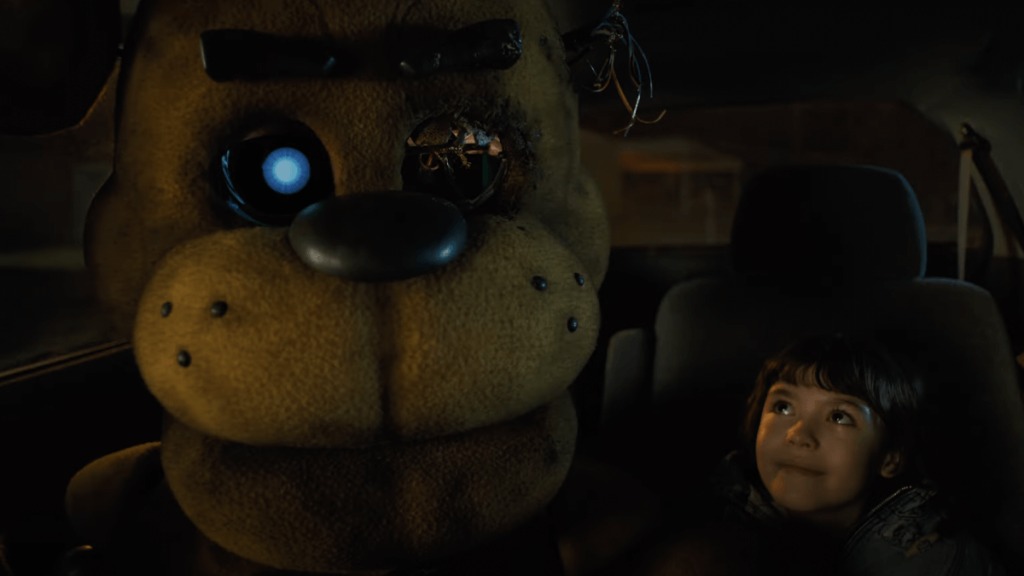
Now, let’s talk about the ending. The revelation of the animatronics’ trapped souls and the sinister truth behind their existence could have been a moment of emotional depth, if this is what the creators were going for. Garrett’s disappearance and Mike’s challenging relationship with Abby are at the forefront of the plot, along with the kidnapping and murder of other innocent children, presenting an opportunity for a climax that reflects that same intensity. Yet, this revelation feels rushed and unrealistic, lacking the quality such a pivotal plot point would demand.
The scene where Abby somehow finds the time to sketch out the tragic fate of the children while surrounded by enraged, murderous robots is odd enough on its own, but her subsequent action of sticking the drawing to the wall to show the children is bland and majorly lacks emotional quality. What could have been a haunting moment of realisation is reduced to a hurried narrative beat.

Finally, in the realm of FNAF, “I always come back” symbolises William’s unnerving resilience, his ability to evade finality. In the film, though, it becomes a moment of unintended humour, especially for those unfamiliar with the game.
This catchphrase is meant to be a declaration of his sinister immortality, of perpetuating horror. However, on the big screen, the delivery of these words as William dies for the very first time lacks the gravitas it deserves. Instead of sending shivers down the audience’s spine, his proclamation feels oddly out of place, a misplaced attempt at instilling fear. Thus the disconnect between the line’s significance in the game and its execution in the film renders it more comical than menacing.
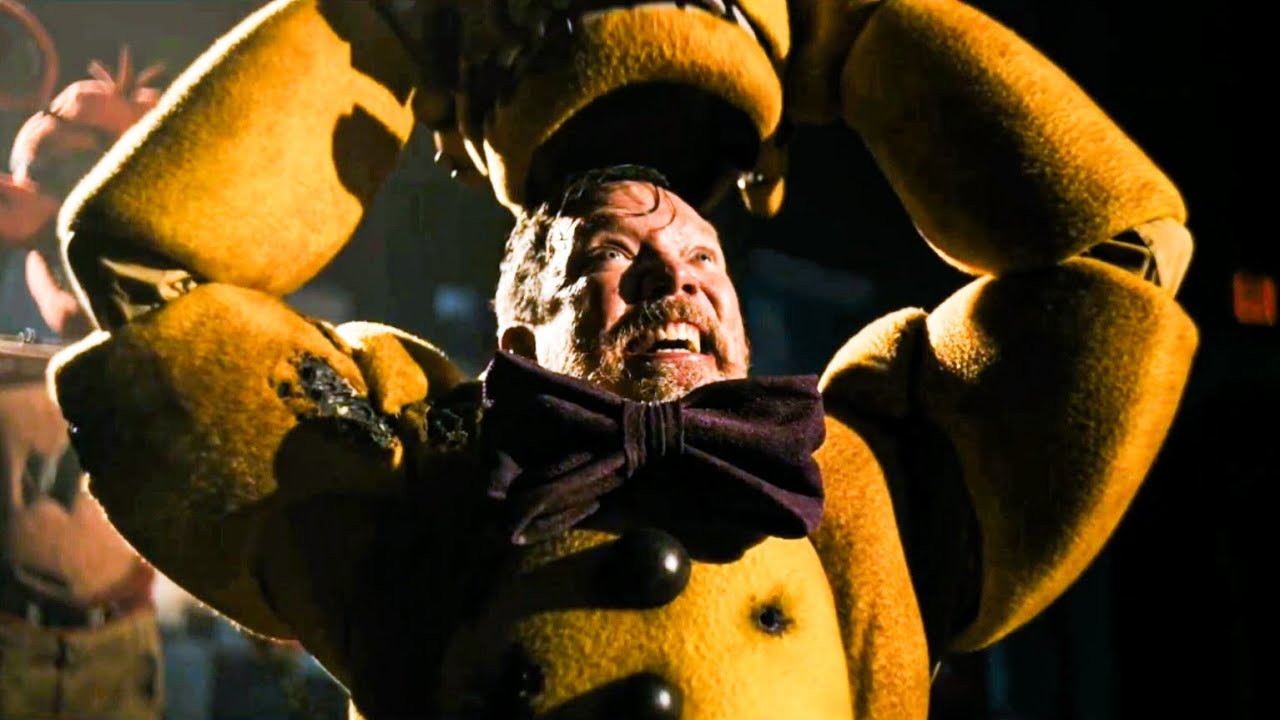
While the movie boasts commendable cinematography, presenting a visually stunning rendition of Freddy Fazbear’s Pizza, a Saw-like moment of potential gore when Freddy’s animatronic head almost closes in on Mike’s, and a soundtrack that harmoniously resonates with the game’s atmosphere (we love classic ’80s hits!), it ultimately succumbs to the trap of trying to please too many audiences.
In its endeavour to cater to newcomers and FNAF veterans alike, the film loses sight of the unique quirks and eeriness that made the game a nocturnal sensation for gamers worldwide. Here’s hoping the future adaptations will delve deeper into the actual FNAF lore in a way that truly honours the legacy of this iconic video game franchise, because the closest thing to a death rattle you’ll hear while you watch this film is probably gonna be your own sniggering.


 Get Audio+
Get Audio+ Hot FM
Hot FM Kool 101
Kool 101 Eight FM
Eight FM Fly FM
Fly FM Molek FM
Molek FM
